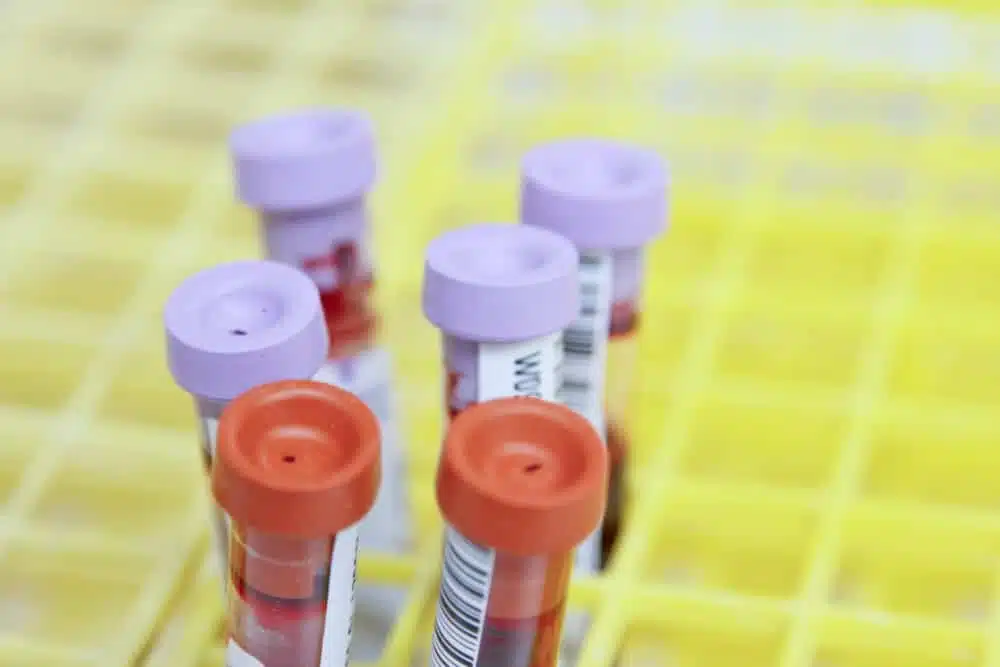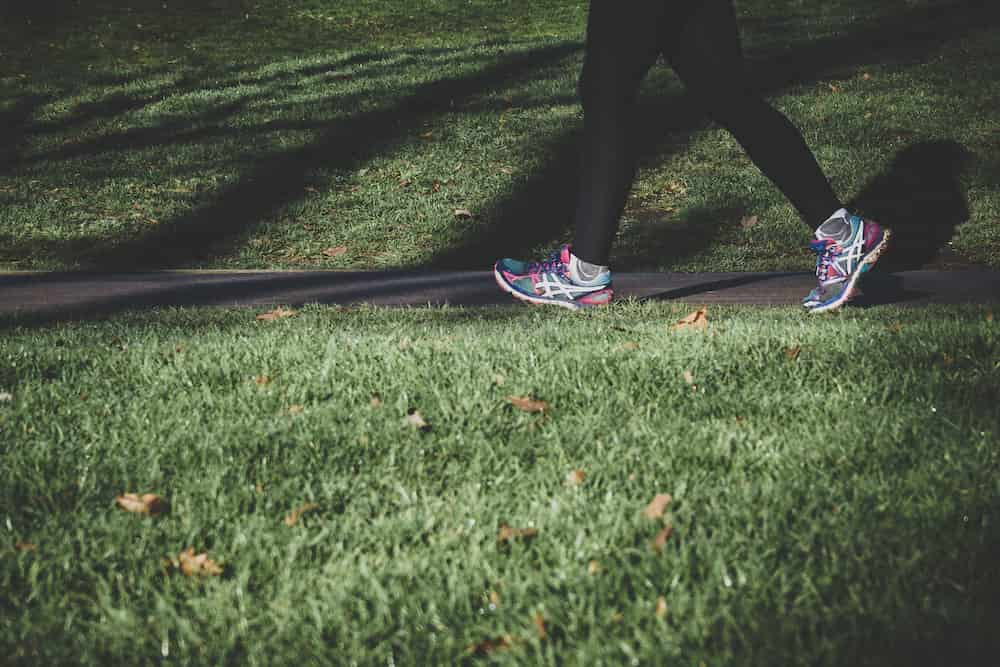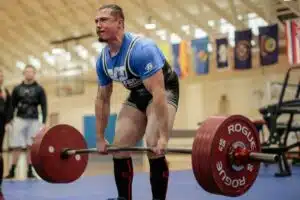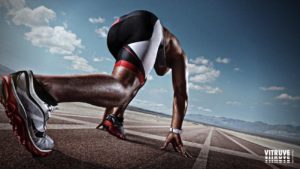Do Athletes Have Low Blood Pressure?
In this week’s entry, we will focus on a health parameter, including a health parameter that can indicate the risk of cardiovascular disease: blood pressure (1). Blood pressure indicates how much our blood compresses the arteries when it leaves the heart (systolic blood pressure) and when it returns (diastolic blood pressure). The Australian Physical Exercise Association is positioned similarly to the World Health Organization, and points out that systolic blood pressure higher than 140 mmHg and diastolic blood pressure higher than 90 mmHg are harmful to health and increase the possibility of cardiovascular risk (2).
The main treatment for hypertension is the use of antihypertensive drugs because they appear to be effective (3). However, for the health system, there are other cheaper methods, such as physical exercise. The American College of Sports Medicine (ACSM) has a clear position on physical exercise and this disease:
“Exercise is the fundamental therapy for primary prevention, treatment and control of hypertension. It is necessary to better define the optimal frequency, intensity, time and training (FITT) to optimize the ability to reduce high tension due to exercise” (4).
Once we realize the important role of physical exercise in this pathology, we will continue to analyze the blood pressure of people who regularly exercise and whether their blood pressure is lower than that of the general population. It should be noted that any type of upward or downward changes may be harmful to health. In other words, if we study human physiology and exercise itself more deeply, high blood pressure will cause structural damage to blood vessel walls (mainly arteries) and increase the possibility of cardiovascular disease. When a problem occurs in these arteries, saturated fat from a poor diet is more likely to “stick” to the blood vessel walls and prevent normal blood flow. When this happens and atherosclerotic plaques form, the risk of cardiovascular disease increases. Interrupted blood flow or poor circulation increases the risk of heart disease, brain disease(encephalopathy), kidney disease, and other related diseases.

If we analyze the impact of exercise on this disease, we will find that exercise can improve the heart’s blood ejection, thereby reducing arterial pressure. To be precise, both short-term and long-term physical exercise have the effect of lowering blood pressure. In other words, after a few minutes of physical exercise, the heart can pump blood with less pressure and still be equally useful. Research by Chan et al. And Williams et al. Shows that physical exercise can lower blood pressure by 8-15 mmHg (5, 6). A recent systematic review and meta-analysis (93 randomized controlled studies) compared the effects of physical exercise therapy and pharmacological therapy (7). The main results of this study show that both methods are effective. However, for individuals and the health system, due to the related effects of exercise, lowering blood pressure through exercise is more effective. In fact, exercise seems to help lower blood pressure medications.
However, despite scientific evidence that exercise is a good antihypertensive treatment, the results of the above meta-analysis did not put exercise on the front line of treatment. In addition, the optimal exercise dose for hypertension is uncertain. Next, we will analyze different interventions through physical exercise to understand which intervention is more effective.
First, we want to emphasize the study of Caselli et al. Which analyzed the blood pressure response to exercise and whether this is related to the possibility of developing hypertension in the future (8). In other words, does your response to exercise when you are young predict the risk of developing high blood pressure in the future? They analyzed the results of approximately 10 years of follow-up of a total of 1,900 young people with normal stress levels. During the maximum stress test, participants were divided according to their blood pressure response. They are divided into:
- The group with normal blood pressure response.
- The group with increased blood pressure response.
After 10 years, they retested their blood pressure and found that the first group was more likely to develop high blood pressure. In this way, we can conclude that the very high blood pressure response as a young person in the maximum stress test may be related to a greater likelihood of developing hypertension in adulthood.
Second, it would be interesting to understand the previous data and analyze blood pressure in the early stages of all athletes to prevent this pathology from occurring in the future. In addition, the research of Sanja Mazic et al. It has been shown that high blood pressure in elite athletes is related to poor athletic performance because it reduces the effectiveness and efficiency of the cardiopulmonary system and seems to increase the likelihood of cardiovascular disease (9). Therefore, hypertension in sports career is not good for athletes and seems to predict problems in the future. So, can exercise reduce high blood pressure or high blood pressure?
We will analyze the effects of a continuous exercise program of cardiovascular nature, and the intensity will not cause high blood pressure discomfort (10). Pinto et al. Pinto et al. studied a total of 168 people with hypertension, but without obesity, for 6 weeks. The purpose was to analyze the effect of exercise on blood pressure. For this reason, they had adults between 50 and 60 years old and with an average BMI of 27 kg / m2.
The exercise program they carried out was methodologically simple since they trained 3 days a week, with training based on walking aerobic exercise and at an intensity that everyone could support. To calculate the walking intensity, they conducted a test in which participants were asked to walk 20 meters at a speed they thought was comfortable. After calculation, they all walked at 140% of normal walking speed. If you want to calculate it you can use a VBT.
Although the method is simple, the protocol is very useful. If we analyze the results, we will see a decrease in systolic blood pressure from 143.1 ± 7.9 mm Hg to 135.5 ± 6.4 mm Hg (p <0.001), and a decrease in diastolic blood pressure from 91.1 ± 5.2 mm Hg to 84.8 ± 8.2 mm Hg (p <0.0. 0) ). Therefore, we can be sure that both arterial pressures are significantly reduced. These results are consistent with others regarding the effects of exercise on chronic blood pressure (11, 12).

In the same way, we will analyze the effects of intense and short-term aerobic exercise to understand how it affects the body. In this case, we will focus on the study of Syme et al. (13) in which they analyzed the response of 3 exercise regimens to blood pressure; i) Exercise at 40% of Vo2Max; ii) Exercise at 60% of Vo2Max; iii) No exercise. Since blood pressure seemed to increase throughout the day, the group that did not perform any type of exercise served as a control. Generally speaking, physical exercise (any of its variants) seems to reduce this involuntary and natural elevation. Specifically, compared with the control group, those with higher blood pressure were able to reduce systolic blood pressure by 7.3 ± 2.6 mmHg to 40% after exercise, and were able to reduce systolic blood pressure by 5.0 ± 2.2 mmHg after moderate-intensity exercise (P <0.05). However, there seems to be no difference between the two types of post-exercise diastolic blood pressure (p>0.05)
Finally, all in all, exercise seems to help prevent any type of blood pressure-related problems. As far as athletes are concerned, we have been able to prove that they are also at risk of suffering the consequences of high blood pressure, and elite sports will not exempt them from the risk of arterial problems in the future. On the other hand, regular exercise seems to help treat this pathology, because physical exercise has been proven to be effective in lowering blood pressure in both continuous low-intensity and high-intensity short periods of time.Therefore, we concluded that athletes and well-trained people are more likely to have lower blood pressure, which is related to better cardiovascular health and better performance.
References
- Lopez AD, Mathers CD, Ezzati M, Jamison DT, Murray CJ. Global and regional burden of disease and risk factors, 2001: systematic analysis of population health data. The lancet. 2006;367(9524):1747-57.
- Sharman JE, Stowasser M. Australian association for exercise and sports science position statement on exercise and hypertension. Journal of science and medicine in sport. 2009;12(2):252-7.
- Smith R, Ashiya M. Antihypertensive therapies. Nature Reviews Drug Discovery. 2007;6(8):597-8.
- Nelson ME, Rejeski WJ, Blair SN, Duncan PW, Judge JO, King AC, et al. Physical activity and public health in older adults: recommendation from the American College of Sports Medicine and the American Heart Association. Circulation. 2007;116(9):1094.
- Chan HH, Burns SF. Oxygen consumption, substrate oxidation, and blood pressure following sprint interval exercise. Applied Physiology, Nutrition, and Metabolism. 2013;38(2):182-7.
- Williams JT, Pricher MP, Halliwill JR. Is postexercise hypotension related to excess postexercise oxygen consumption through changes in leg blood flow? Journal of Applied Physiology. 2005;98(4):1463-8.
- Lavie CJ, Stewart M, Ozemek C. Benefits of exercise training on blood pressure and beyond in cardiovascular diseases. Sage Publications Sage UK: London, England; 2020.
- Caselli S, Serdoz A, Mango F, Lemme E, Vaquer Seguì A, Milan A, et al. High blood pressure response to exercise predicts future development of hypertension in young athletes. European heart journal. 2019;40(1):62-8.
- Mazic S, Lazic JS, Dekleva M, Antic M, Soldatovic I, Djelic M, et al. The impact of elevated blood pressure on exercise capacity in elite athletes. International journal of cardiology. 2015;180:171-7.
- Pinto A, Di Raimondo D, Tuttolomondo A, Fernandez P, Arna V, Licata G. Twenty-four hour ambulatory blood pressure monitoring to evaluate effects on blood pressure of physical activity in hypertensive patients. Clinical Journal of Sport Medicine. 2006;16(3):238-43.
- Dimeo F, Pagonas N, Seibert F, Arndt R, Zidek W, Westhoff TH. Aerobic exercise reduces blood pressure in resistant hypertension. Hypertension. 2012;60(3):653-8.
- Whelton SP, Chin A, Xin X, He J. Effect of aerobic exercise on blood pressure: a meta-analysis of randomized, controlled trials. Annals of internal medicine. 2002;136(7):493-503.
- Syme AN, Blanchard BE, Guidry MA, Taylor AW, VanHeest JL, Hasson S, et al. Peak systolic blood pressure on a graded maximal exercise test and the blood pressure response to an acute bout of submaximal exercise. The American journal of cardiology. 2006;98(7):938-43.











